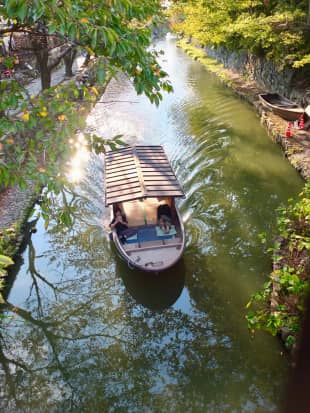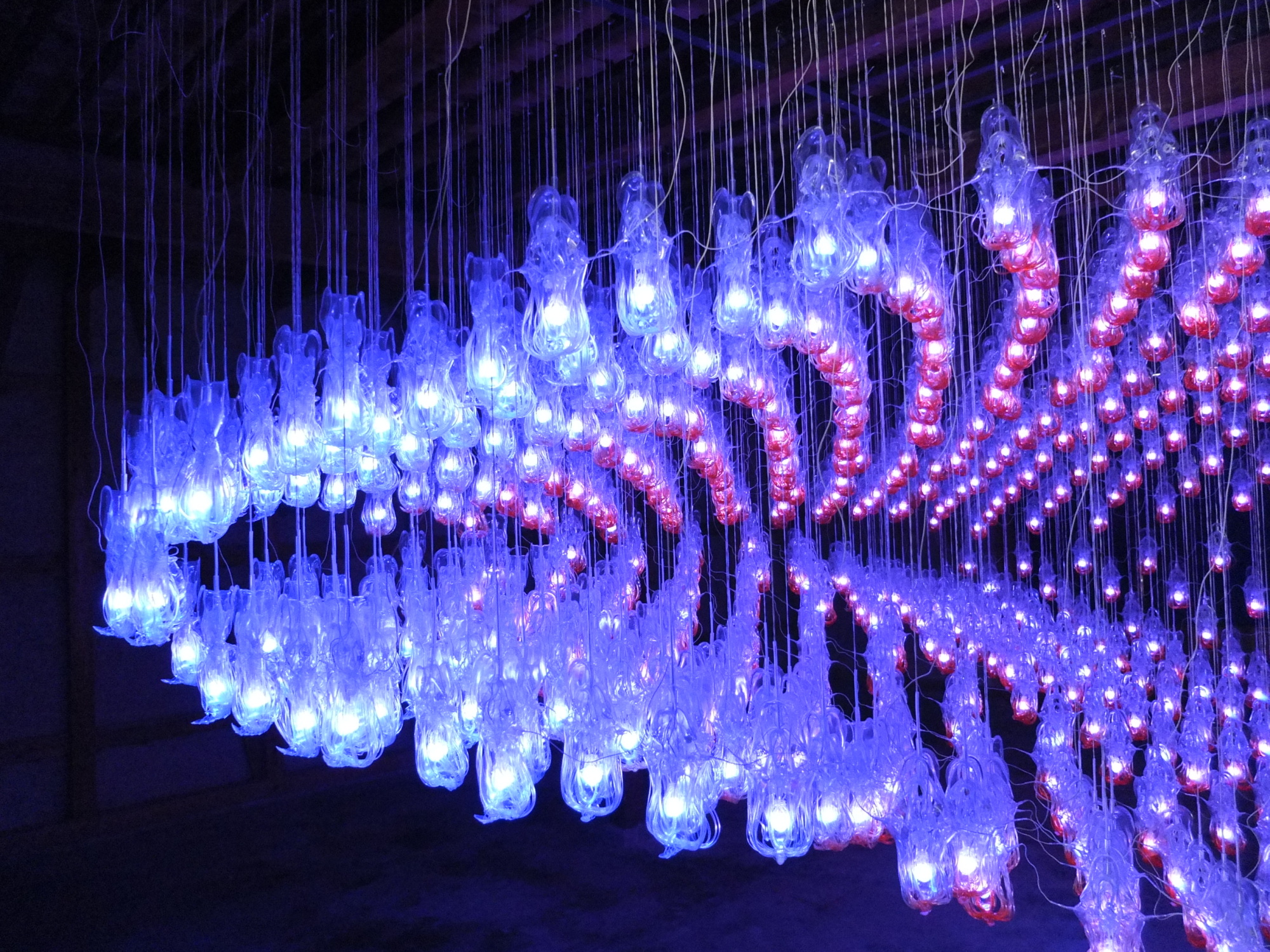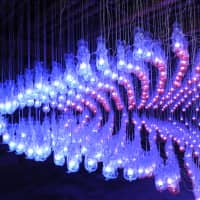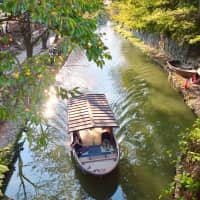When it comes to curating a biennale, a lack of funding isn't always a big problem as it can lead to more imaginative results.
That's the case with the Biwako Biennale, which runs through Nov. 11 in Shiga Prefecture. The event, organized by Yoko Nakata and run by the NPO Energy Field, is one of the oldest regional biennales in the country, even though it lacks the funding and fame of other festivals of its kind such as the Setouchi and Echigo-Tsumari biennales.
Rather than be beholden to the wallets and purses of benefactors, Nakata has instead been able to stay true to her artistic instincts. The result is an intimate showcase with a pleasant lack of corporate flavor; a DIY spirit cultivated, for example, by the use of old buildings such as abandoned warehouses and a forgotten sake factory.
"I started living overseas in 1980, and when I returned to Japan every year I would see more and more buildings being torn down," Nakata recalls. "It was very sad. Within every building, every fixture, was a huge amount of Japanese artwork and culture."
The director believed she could breathe new life into such historic buildings through her biennale, which would offer visitors, and residents, a new look at Japanese tradition and architecture.

Nakata chose the town of Omihachiman, a once-pivotal transport hub that features stunning canals and an easily walkable downtown with buildings dating to as far back as the Edo Period (1603-1868).
Comprising works by some 80 artists from here and abroad, the Biwako Biennale's lineup includes a wide variety of styles: video installations, paintings, contemporary takes on traditional Japanese crafts, sculpture and photography. On top of that, every installation is site specific.
"I choose a room or location for each artist, and they came up with an artwork that best fits the room," Nakata says.
Reiko Yagi, a photographer who has been featured four times at the Biwako Biennale, says that Nakata asks artists who have been featured before where they would like to show their work in the following year. Though they don't always get their first choice, Nakata and the artists collaborate to come up with the right selection of artworks for certain spaces.
Of particular note at the current biennale is Hong Kong artist Ka Ho Ng's ceramic, water and light installation titled "Objectless Prayer." Found at the back of a derelict grand old house, Ng's installation features airy ceramic orbs suspended and illuminated in darkness. The lights are on a three-minute timer, which gives the viewer long enough to become entranced by its colorful changes.
In the same vein are Yagi's installation of re-projected images of water, and Shimpei Kawai's "Magasinoaplas," a jellyfish-like light sculpture that makes deft use of light and dark to create a compact and beautiful new world.
At the old sake brewery, Machiya Club, visitors should make a point of seeing "Finding Peace," a joint project by Antonio Leano, Hiroshi Ohno and Takuo Nagai that involves local reed grasses and water. In the same building, an experiential and philosophical artwork by French artist Andrea Pedrono titled "September's room," and the antiwar "Cartridge" by Chu Enoki are of particular note. Be sure to also check out the artworks at Teramoto's House. It may be an old building, but it's a new addition to the biennale, and one that Nakata is proud of.
"Artists can themselves create events, and that's what I wanted to do," she says. "This whole biennale is my piece of art."
The 2018 Biwako Biennale: Kizashi~Beyond runs through Nov. 11 in Omihachiman, Shiga Prefecture (open 10 a.m.-5 p.m., closed Tuesdays). Passport tickets cost ¥2,200 for adults. For more information, visit: www.energyfield.org/biwakobiennale.



















With your current subscription plan you can comment on stories. However, before writing your first comment, please create a display name in the Profile section of your subscriber account page.